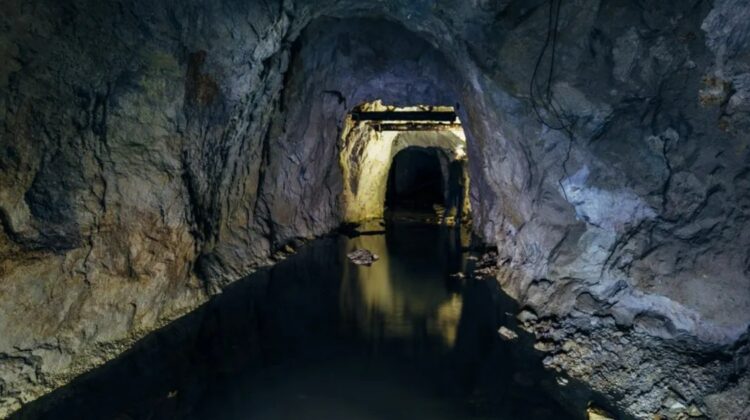
Abandoned coal mines, once considered environmental liabilities, are on the brink of a remarkable transformation, thanks to a groundbreaking initiative spearheaded by the Biden administration. The announcement, made in May, outlined a $450 million allocation from the Inflation Reduction and Infrastructure laws to fuel clean energy projects, primarily focusing on repurposing former coal mines for solar farms.
This visionary initiative marks a turning point, as these abandoned sites, often viewed as legacies of a fossil fuel era, are now being recognized as untapped resources in the journey towards a sustainable and cleaner energy future. Natalie Kruse-Daniels, a professor and director of the Environmental Studies Program at Ohio University, emphasized the significance of this shift, stating, “In a less predictable climate and in a warmer world, this opens up an opportunity for turning this legacy, this liability, into a resource.”

The scope of the initiative extends beyond solar farms, delving into the realm of geothermal energy. Abandoned coal mines, rife with water that harbors heat from beneath the Earth’s surface, present a unique opportunity for harnessing geothermal power. By drilling into these mines, the stored heat can be extracted and channeled through heat exchanges and heat pumps, serving as an eco-friendly source for heating and cooling in residential and commercial spaces.
The dual-purpose nature of geothermal energy adds a layer of versatility, offering both heating and cooling solutions, thereby amplifying its appeal and utility. This innovative approach echoes a similar endeavor in Great Britain, where a mine-water heating operation, launched in March, aimed to impact over 1,200 homes.
Gareth Farr, head of heat and by-product innovation at the Coal Authority in Mansfield, England, acknowledged the varied challenges associated with each minable scheme. However, he expressed optimism about the potential cost-effectiveness, stating, “Hopefully most of these schemes, if not all of them, will be able to operate at a similar or better cost to the traditional fossil-fuel heating schemes we have at the moment.”

The abundance of coal fields across at least 20 states in the U.S., featuring over 4,000 abandoned coal mines in Ohio alone, accentuates the vast potential of this endeavor. Kruse-Daniels and her team at Ohio University are actively engaged in studying the feasibility of utilizing specific coal mines for geothermal energy, considering proximity to populated areas.
“It’s this untapped energy source that could reduce bills, that could make energy more efficient, that could reduce some reliance on fossil fuels,” remarked Kruse-Daniels, underscoring the transformative impact of repurposing abandoned coal mines for sustainable energy solutions.
As the momentum builds towards a green revolution within abandoned coal mines, the potential for reduced reliance on fossil fuels, increased energy efficiency, and lowered utility bills stands as a beacon of hope. This initiative not only breathes new life into forgotten landscapes but also charts a course towards a more sustainable and resilient energy landscape for generations to come.

In the meantime, as the nation anticipates the full realization of geothermal energy, Americans can leverage the Inflation Reduction Act to embark on their green journey. Government-provided funds can be directed towards home renovations featuring energy-efficient technologies, such as heat pumps or induction stoves, ushering in an era of sustainability and innovation at the individual level.

Leave a Reply